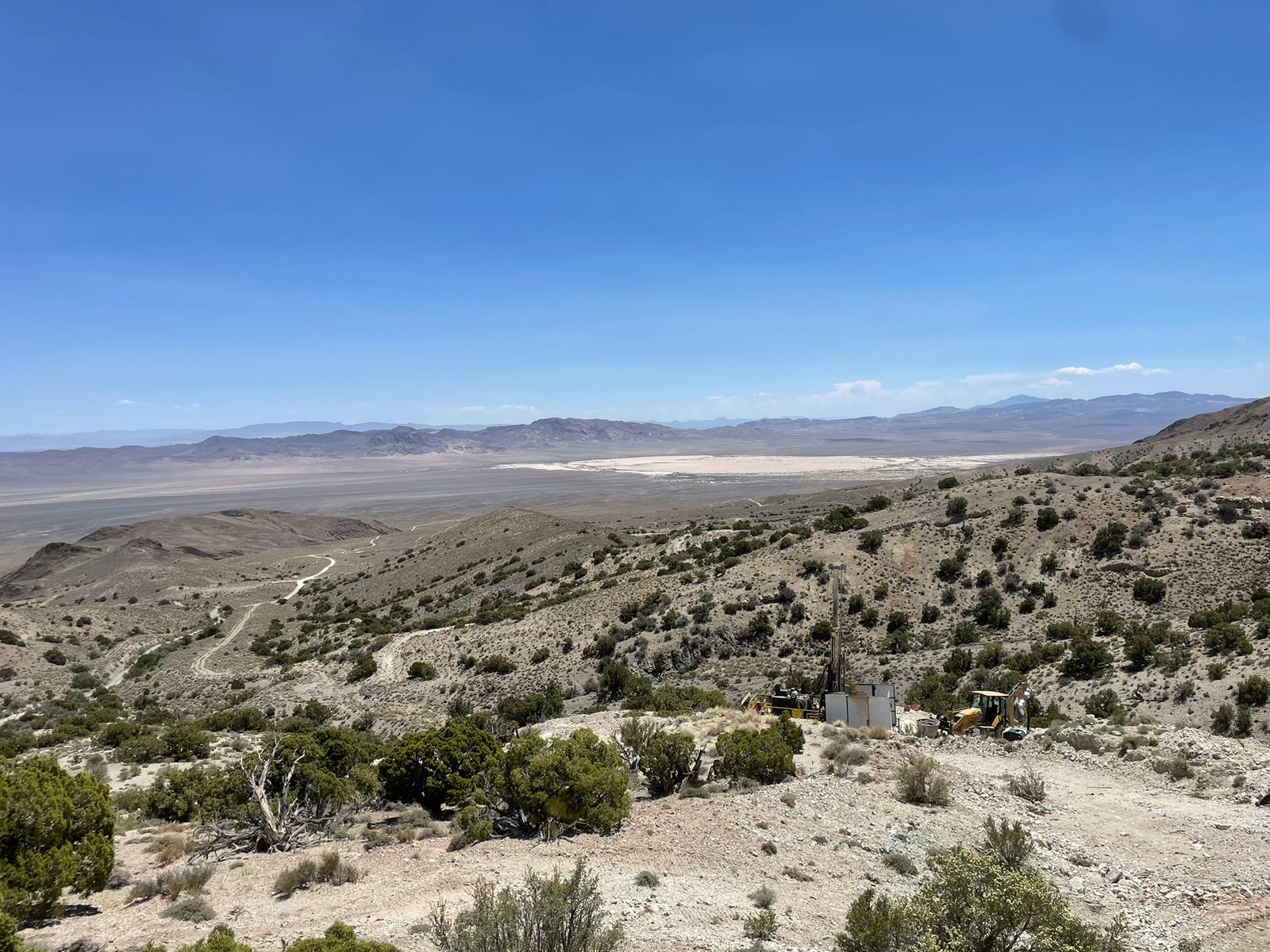Global Mining Symposium: Manitoba’s vast under-explored mineral wealth has much to offer, panel says

Manitoba has ranked in the top 20 of the Fraser Institute’s annual list of the most attractive mining jurisdictions for 21 of the last 23 years, and has an exceptional mineral profile across an entire suite of metals—from copper, nickel, zinc and gold to diamonds, graphite and strategic minerals. Eighteen of the 31 minerals that Canada placed on its new list of critical minerals released at the PDAC Convention in March are either being explored for or are being produced in the province.
“We know that the pre-Cambrian Shield is well-endowed with world-class deposits that have been mined for decades, however as we’ve talked about often, there’s large areas that were under-explored and these are areas that have a huge amount of potential for Tier-One discoveries,” Shastri Ramnath, the founding president and CEO of privately held Exiro Minerals Corp., told participants in The Northern Miner’s second-quarter Global Mining Symposium this week.
“Manitoba’s goal is to be the top most attractive mining jurisdiction on the planet and that’s what we’re going to be and that’s what’s going to happen,” Blaine Pedersen, the provincial government’s Minister of Agriculture and Resource Development, told Ramnath and his fellow panelists, Scott Parsons, vice-president exploration at Alamos Gold (TSX: AGI; NYSE: AGI); Felix Lee, president and CEO of Willeson Metals; and Don McCallum of the Marcel Colomb First Nation (Black Sturgeon) near Lynn Lake.
In addition to the province’s vast mineral wealth, it has an abundance of clean green renewable energy, Pedersen said, is strategically located in North America with road, rail and port connections, and recently put $20 million into a provincial Mineral Development Fund to jumpstart mineral development initiatives. The government has also cut its provincial sales tax from 8% to 7%, the minister said, while reducing other taxes, despite the pandemic.
{{ commodity.name }}
{{ post.title }}
{{ post.date }}

Comments